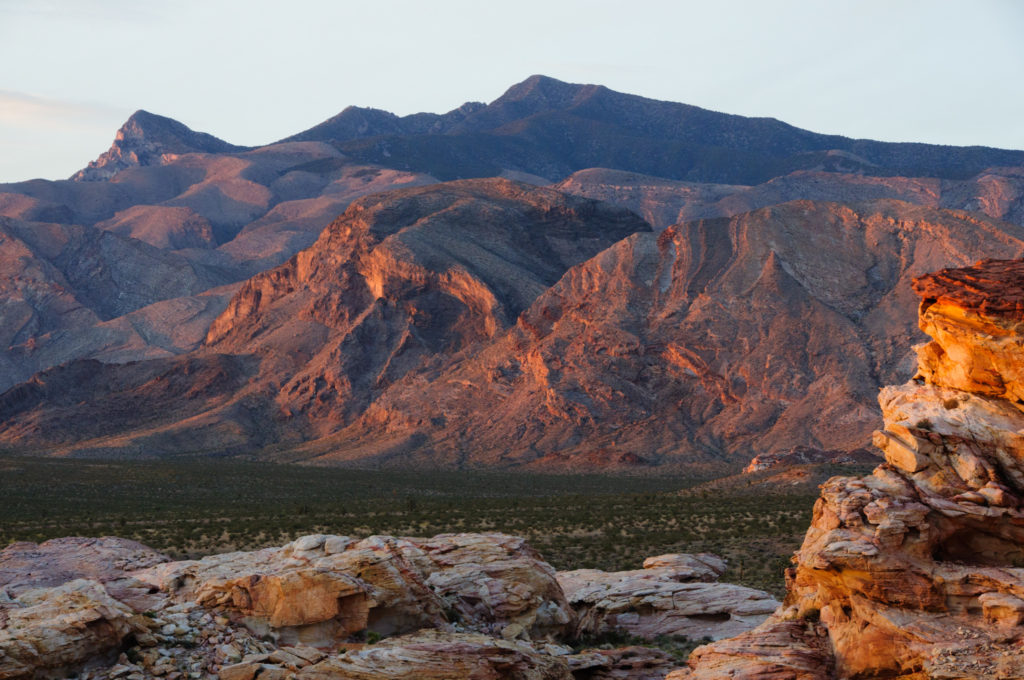Harry Reid’s Environmental Legacy

One unsung part of Harry Reid’s legacy is how hard he fought to protect the public lands of Nevada for the future.
We came to know Reid through his work protecting Nevada’s lands and waters. In campaign stump speeches, he often told a story about escaping from hot, dusty Searchlight to a cool, green oasis in the nearby mountains. Piute Springs was a place of ecstatic boyhood memories: the remnants of an old rock fort on a historic mail route across the Mojave Desert, the miracle of a gushing spring in an arid landscape, flycatchers, warblers and sparrows calling among the cattails, willows and cottonwoods, hawks and vultures circling overhead.
When Reid brought his wife Landra to Piute Springs as an adult, they found it desecrated, the fort walls knocked down and trees burned. Reid was devastated. Saving Piute Springs became his lodestar. If we can’t save a precious place like that, he would ask, what are we doing?
When archivists at the University of Nevada, Reno, combed through Reid’s congressional papers after he retired in 2017, they found that fully half of his congressional record was devoted to protecting Piute Springs and countless places like it in the surrounding, wide-open Western landscape.
As the junior member of Nevada’s congressional delegation, Reid was at the center of creating Nevada’s first and only national park — Great Basin National Park — on Oct. 27, 1986. It showed Reid that the art of compromise was crucial in politics. The park was smaller than he wanted and grazing was still allowed, but he would come back and fix that later. And it showed the nation that Nevada was far more than a wasteland suited only for blowing up bombs and storing nuclear waste.
It also boosted Reid’s campaign for an open U.S. Senate seat, which he won the following week. When a reporter asked him what topped his agenda, he said: ending northern Nevada’s century-old water wars. He went on to facilitate a deal that changed the way the Truckee River is managed to provide drought supplies to the growing cities of Reno and Sparks, while mimicking natural flows to Pyramid Lake, thus saving the home to endangered cui-ui, a fish found nowhere else on the planet, threatened Lahontan cutthroat trout, and the Pyramid Lake Paiute Tribe, who call themselves Cuiyui Ticutta, cui-ui eaters. The settlement became a model for resolving Indigenous water claims and restoring rivers around the West.
In the final year of his Senate career, Reid persuaded President Barack Obama to establish Basin and Range National Monument, embracing nearly 1 million acres of the iconic mountain ranges and desert valleys that define this region, as well as City, a monumental sculpture created by land artist Michael Heizer.
It’s really quite impressive.


